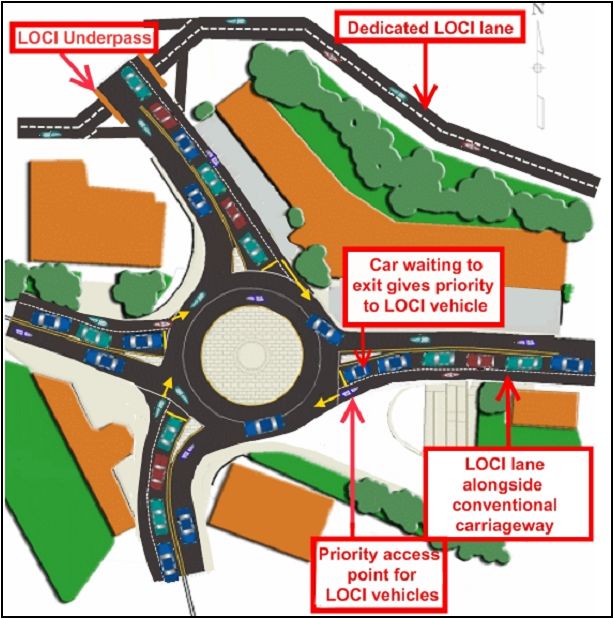
Figure 10 LOCI equipped Roundabout and Underpass
The narrow width of the cars allow their use on ‘parallel’ lanes using underpasses and side lanes to bypass
main roads clogged with congested traffic.
4.1.1
Public acceptance of using smaller vehicles
It is unlikely that the majority of motorists would chose to use much smaller vehicles without any incentives.
Therefore, a preferential transport infrastructure is essential, using side lanes, parallel roads, underpasses and
traffic priority schemes to allow faster transit times, as well as making the driver feel safer in smaller, lower
vehicles. To turn this argument around, would most motorists continue to drive large cars if destined to sit in
long traffic queues whilst allowing those using COAST and LOCI bypass them at junctions, and arriving at their
destinations more quickly and cheaply?
Whatever the wider environmental and social advantages behind a concept such as LOCI, it would still face
substantial opposition from consumers and businesses motivated by the prestige and profits associated with
using oversized cars. For LOCI to succeed it would require a concerted and co-ordinated effort led by both
central and local government to ensure the associated infrastructure is available so users can gain a
mobility advantage relative to those using larger vehicles. To jump start such as scheme, it is proposed that
motorists should be able to freely acquire low profile vehicles from strategically available ‘car pools’ to
experience their benefits for a period without having to purchase them. Another initiative would be to restrict

